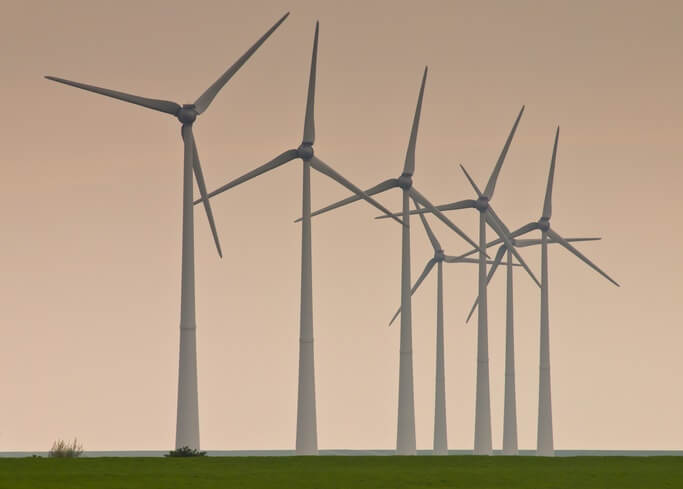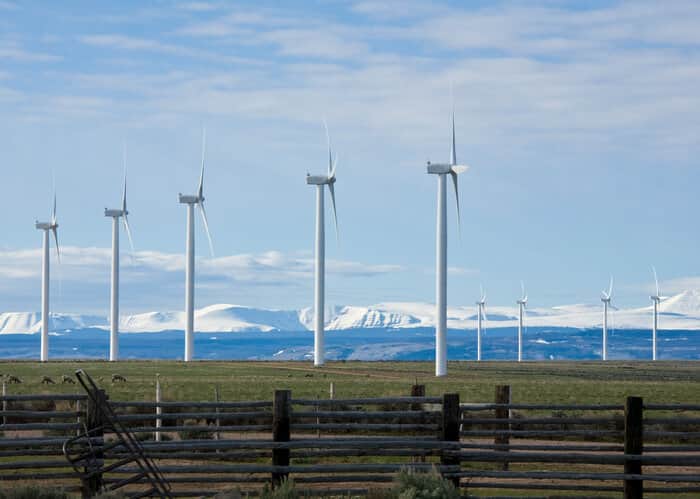Ontario's diverse supply mix continues to provide the flexibility needed to respond to changing economic, weather and grid conditions, the Independent Electricity System Operator (IESO) reports in its annual release of supply, demand and price data for the preceding 12 months.
As in previous years, Ontario's nuclear units provided more than half of the energy required by Ontario consumers. However, unusually low water levels last spring and summer resulted in reduced hydroelectric output.Â
The reduced availability of hydropower coincided with an increase in demand triggered by hot, humid summer conditions, resulting in greater reliance on gas- and coal-fired generation compared to 2009.Â
Output from Ontario's wind generators continued to grow as more units came online, resulting in total annual production of 2.8 TWh in 2010, up from the 2.3 TWh recorded in 2009. Wind generation is starting to play an important role in meeting Ontario's energy needs, and nine of the 10 highest output days for wind power were in November 2010. Wind generation on Nov. 26 averaged more than 1,100 MW over the entire day – a record for total daily output.
‘Energy production from new renewable resources is accelerating, and we are revising our operating policies and processes to integrate this new supply,’ says Paul Murphy, president and CEO of the IESO. ‘At the same time, we remain reliant on conventional sources of electricity, which provide the flexibility we need to manage the grid.’
Although coal-based output was up in 2010, it was still 45% lower than in 2008 and roughly one-third what it was in 2003. Four coal-fired units were removed from service in 2010 without impacting reliability, and the move to eliminate coal-fired generation is on track for completion in 2014.
SOURCE: Independent Electricity System Operator



